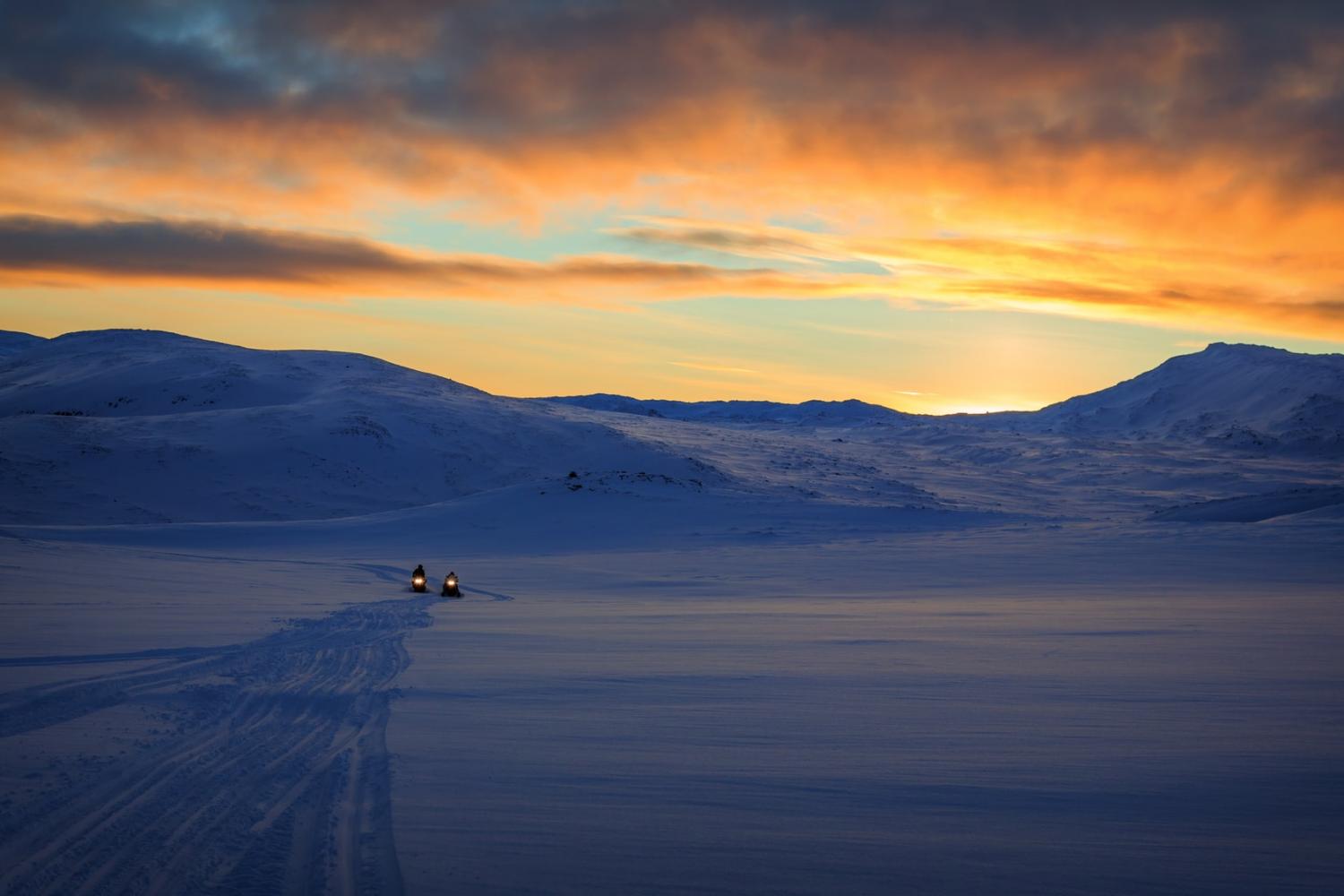
Every year World Wildlife Fund’s Markets Institute identifies and publishes a list of global issues, trends, and tools we think will most affect food and soft commodities in the coming year. We have just released the list for 2021. These emerging developments may not yet be apparent. Thus, this list is intended to create awareness and shift our thinking and actions.
This year the process has been complicated by COVID-19 which could have dominated the list (we predicted the increased likelihood of zoonotic diseases in our 2017 list). The pandemic has disrupted lives, food systems, and much more, and its long-term impacts remain to be seen. We have tried to look beyond the pandemic to lasting changes and influences on our global food system. We are also interested in the extent to which the pandemic experience is a trial run for our responses to climate change.
The Arctic: the next frontier
While the world’s attention has been focused on deforestation in the Amazon, there has been far too little attention on the Artic. Here are a few reasons to be concerned: there are some 42,000 resource extraction and infrastructure projects already in various stages of development (in a region of four million, many Indigenous peoples); wheat, corn, and soy were planted this year on what was recently Russian permafrost; “zombie” bacteria from thawing reindeer corpses caused an anthrax outbreak in Siberia; fisheries are moving north but management systems are not keeping up with them; and marine species are now moving between the Atlantic and the Pacific Oceans. Welcome to climate change.
Eating in
During the pandemic shopping and cooking at home accelerated. It will never return to what it was. The shift has been away from brick-and-mortar stores, established food distribution pathways and even in-restaurant dining. E-commerce for food and food delivery will increase, while face-to-face interaction in both grocery retail and restaurants will be less than before. Remote work and high-speed internet will accentuate these trends which will are not likely to return to pre-COVID levels.
Common metrics
There is still little agreement about what must be measured or how to measure it. We can’t improve global performance on food without common metrics. We see movement for SDG and ESG performance, LCAs, GHG emissions, regenerative agriculture, ‘Build Back Better’ ambitions, illegality, habitat conversion, minimal environmental performance for food production and trade, impact investments, costs of misinformation, impacts of climate change, and so on. We can’t measure everything, so what do we need to measure? And can we use fewer metrics as windows on multiple impacts?
Bringing equity back into business
It’s clearer than ever that current business models do not address social and economic equity or injustices, nor do they provide hope for those that are marginalized. Understanding the connections between capitalism and social and economic justice is essential and involves rethinking business models, financial structures, and subsidies. We need to consider new equity models like ESOPs (employee stock ownership plans) and joint ventures (JVs) as well as Stewardship Trusts. A focus on increased productivity and wages misses the point. We need to address social externalities in food from production to consumption and use current systems to invest in more resilient systems. Long-term contracts and carbon markets would help producers be more resilient and diversified. If we don’t begin to address social and economic issues in business models, we can’t address environmental externalities.
Food security in Africa
After the successful launch of the African Orphan Crops Consortium, the mapping of the genomes of 101 key food crops, and the successful graduation of the fourth class of the African Plant Breeders Academy in Nairobi, it is critical that we support the institutions and people who produce the seeds and cuttings within each country to make planting materials available to farmers. This is the opportunity to engage smallholders, and particularly women, in these grow-out schemes. What’s at stake here is increasing productivity and producing significantly more nutritious food for the continent that will have the highest population, income, and consumption increases of any continent, while conserving the Congo Basin, the Serengeti, Miombo, Okavango, and many other biodiverse regions.
Fisheries react to climate migration
There is increasing evidence that fisheries are shifting in response to warming oceans and moving beyond traditional management jurisdictions. This would be bad enough if all the fisheries were previously well managed. But they haven’t been. In fact, 15 to 30 percent of global fishing is IUU, and 90 percent of fisheries have been fished at or beyond capacity—it is the “beyond capacity” (33 percent) that is critical. Many countries do not have the money or the will to invest sufficiently in fisheries management. Imagine the issues now, when fisheries are moving faster than the ability of management systems to keep up.
Image credit: Vidar Nordli-Mathisen/Unsplash

Jason Clay is Senior Vice President of Markets and Executive Director of the Markets Institute at World Wildlife Fund, working to increase the speed and scale of solutions to ensure the sustainability of our future food systems.














